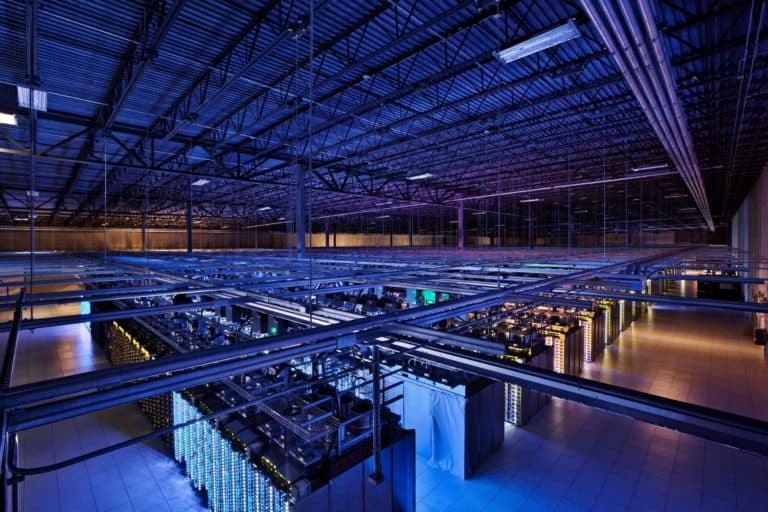Microsoft’s data centres must be 60 percent powered by renewable energy by 2020. By 2023, it should be more than 70%. That’s what President Brad Smith said, writes Venturebeat. The company aims to reduce its operational CO2 emissions by 75 percent over the next eleven years.
“The magnitude and speed of climate change in the world have made it clear that we need to do more,” says Smith. “And we’re taking new steps to do that.”
In addition to using renewable energy, a new data-driven cloud initiative is deployed that uses IoT devices, blockchain technology and artificial intelligence to monitor performance and streamline the reuse, resale and recycling of hardware from data centers. In 2030, the company will also launch a program to replenish the resources used by its server farms in regions where there is little water.
In addition, the company will host “leading datasets for data science of the climate” at Azure, which contains petabytes of satellite and aerial images. The aim is to support the work of researchers all over the world. In addition, Microsoft is going to double its CO2 tax – the internal tax it set up in 2012 to quantify the progress of its divisions in reducing emissions – to 15 dollars per tonne of all carbon emissions.
Climate Leadership Council
Finally, the company says it will join the Climate Leadership Council, an international organisation whose mission is to develop a national carbon pricing approach. The organisation was founded by companies such as ExxonMobil, Royal Dutch Shell, Total, BP, General Motors, Pepsi and Santander.
“We believe it is time for a robust national discussion on carbon prices to reduce emissions in an economically responsible way. This roadmap is not yet ready, but it is a first step in our new promise to be sustainable,” says Smith.
“There is too little time, too few resources and the impact is too great to wait for all the answers before we do anything. There is a huge opportunity that can be realized by doing something, supported by data and technology.”
This news article was automatically translated from Dutch to give Techzine.eu a head start. All news articles after September 1, 2019 are written in native English and NOT translated. All our background stories are written in native English as well. For more information read our launch article.